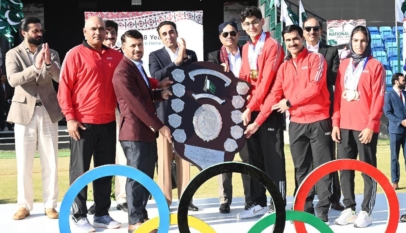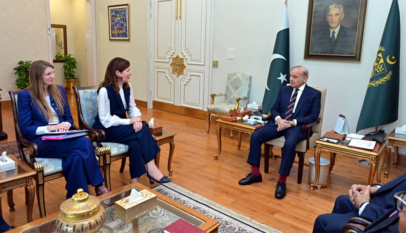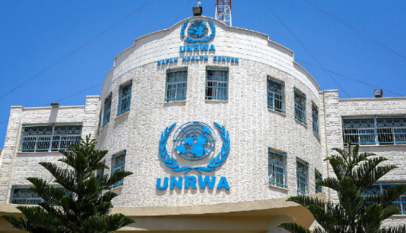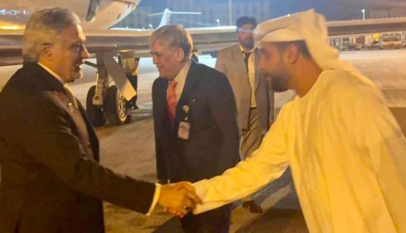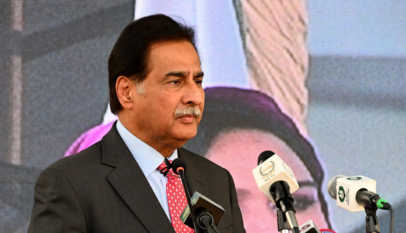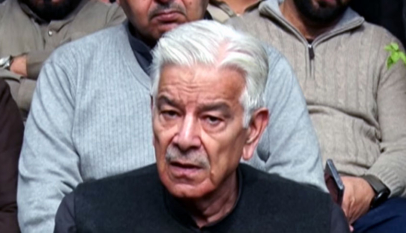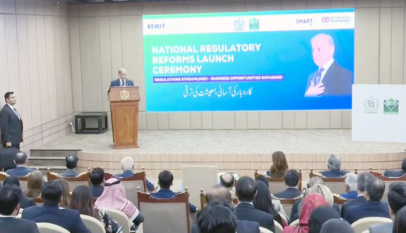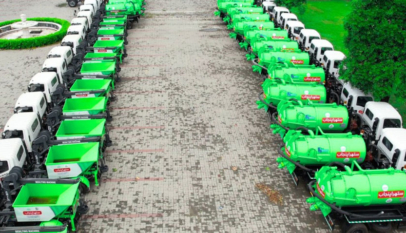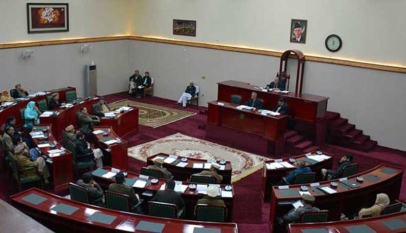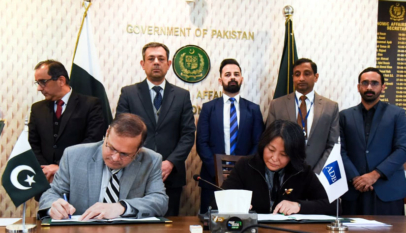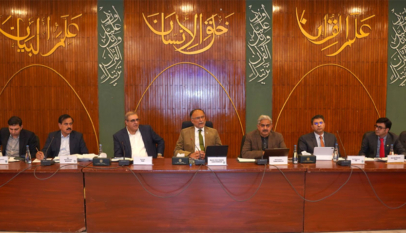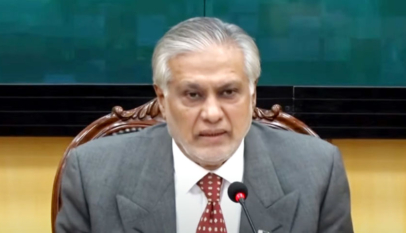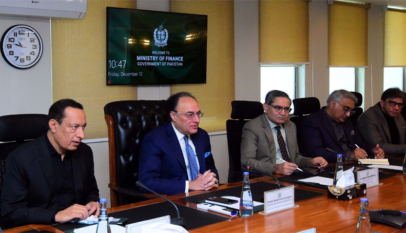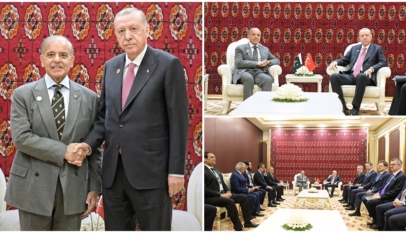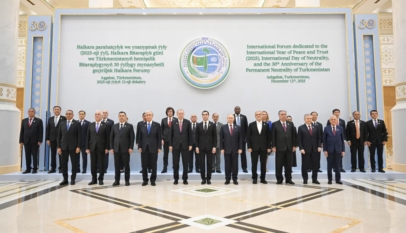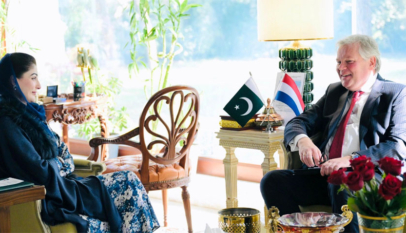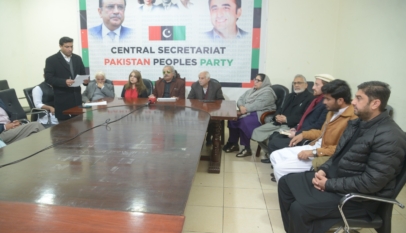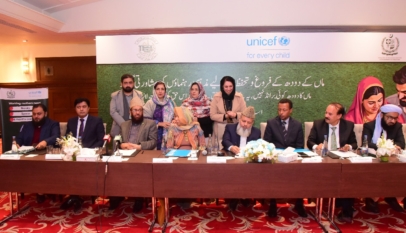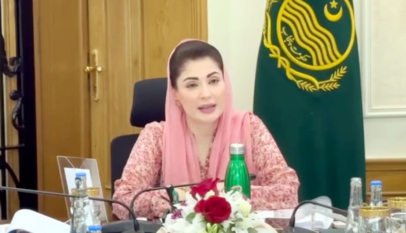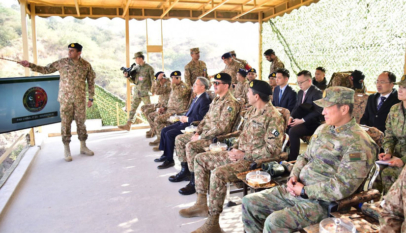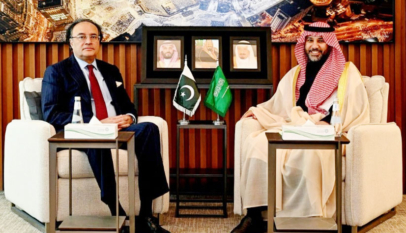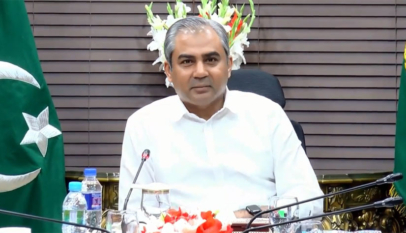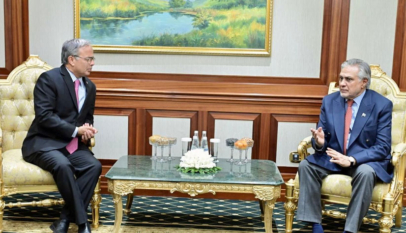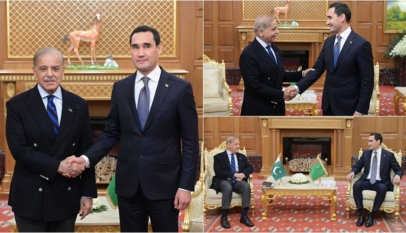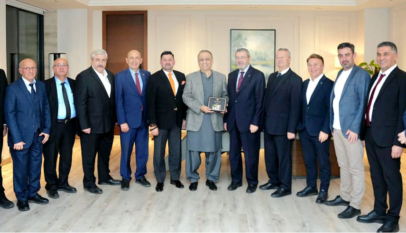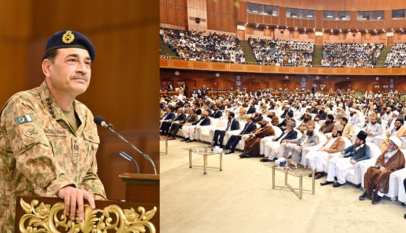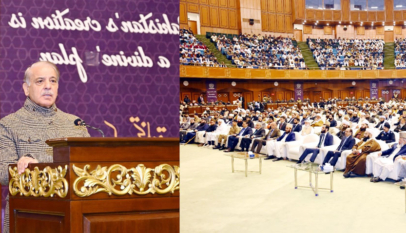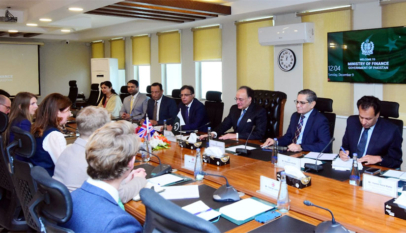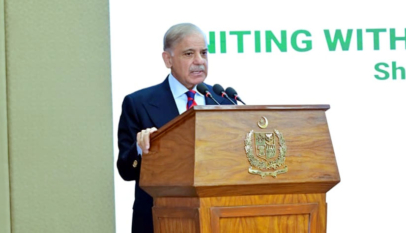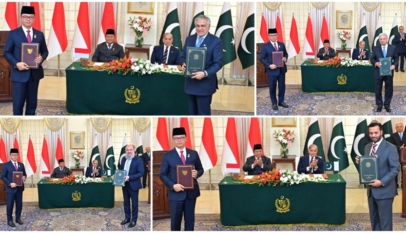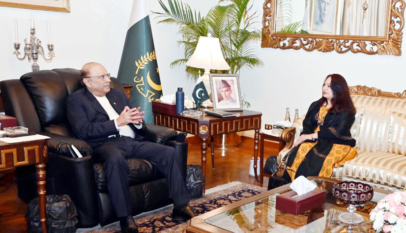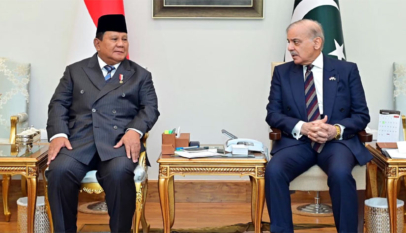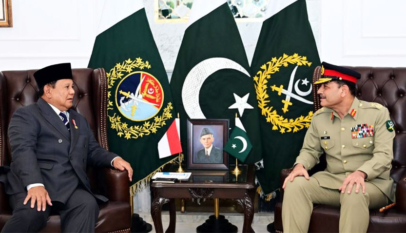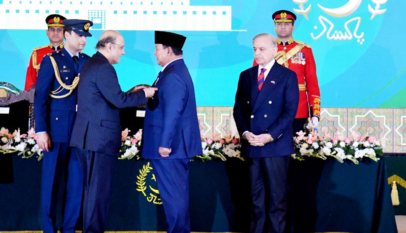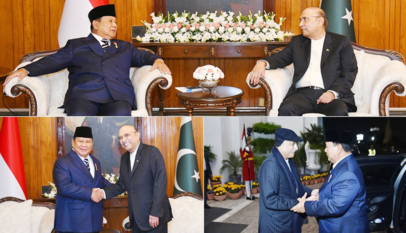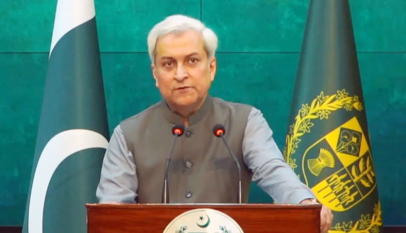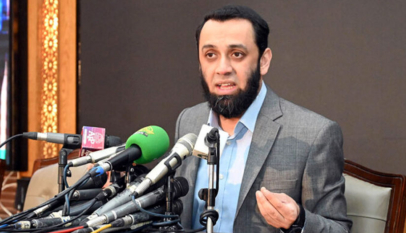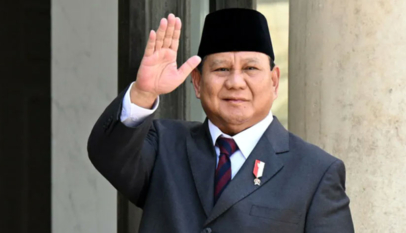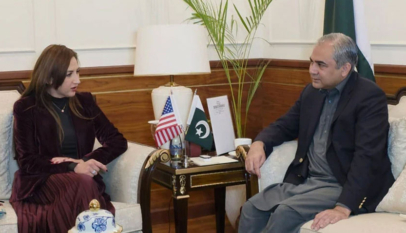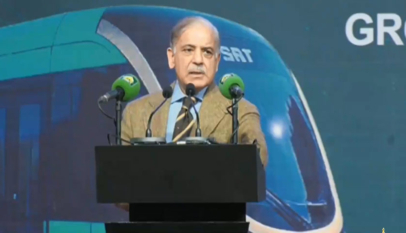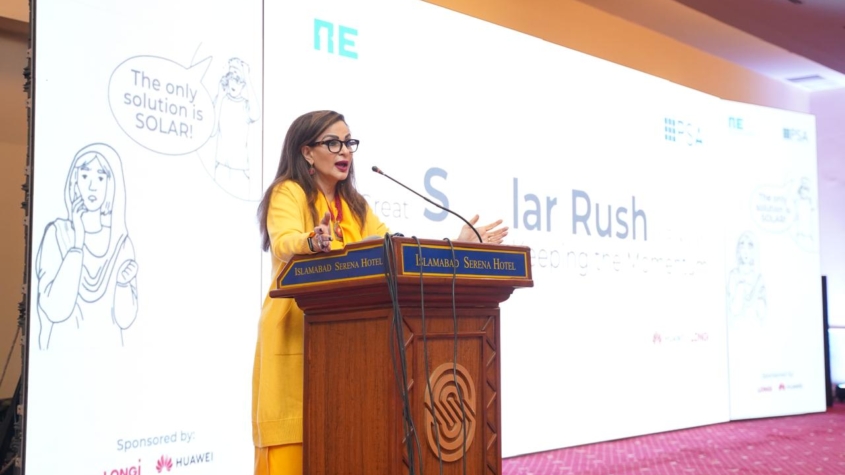
Pakistan’s solar revolution is rewriting the energy landscape as communities and businesses take control of their power supply, outpacing government policy and infrastructure. With 22 GW of solar panels imported in just 18 months, the country is undergoing a mass shift towards decentralized solar solutions. However, this momentum must be supported with policy reforms, infrastructure upgrades, and market mechanisms to ensure long-term sustainability.
This was discussed at the Great Solar Rush Conference 2025, hosted by Renewables First and the Pakistan Solar Association on Thursday.
In her opening remarks, Senator Sherry Rehman emphasized the urgency of policy alignment with this people-led transformation, stating, “Pakistan has emerged as a market leader in South Asia for solar adoption. We should not be disabling this revolution; we should be enabling it.” She warned that failure to integrate solar into national planning would stall Pakistan’s progress on energy security and economic stability.
Zeeshan Ashfaq, CEO of Renewables First, highlighted the economic realities driving this transition. “Millions of people are simultaneously deciding that they have had enough of expensive grid electricity and are rushing towards installing solar PV panels—not because of climate change or government policies, but because economics make perfect sense.” The demand is being driven by households, farmers, and businesses who seek energy independence from an unreliable and expensive grid.
The local solar market, however, remains largely dependent on imports due to the lack of domestic manufacturing. Ali Majid, General Manager of Longi, pointed out that high electricity costs and an uncompetitive industrial environment prevent Pakistan from becoming a solar manufacturing hub. He proposed that public sector projects should be mandated to use ‘Made in Pakistan’ panels to attract international investment in local assembly plants.
Waqas Moosa, Chairman of the Pakistan Solar Association, reinforced that Pakistan’s solar adoption rate is one of the highest globally. However, he warned that poorly communicated policy changes—such as potential net metering reductions—could create instability in the market. With solar penetration increasing, grid integration has become a major challenge. Syed Faizan Ali Shah, Member of the Prime Minister’s Solarization Committee, revealed that Pakistan’s daytime electricity demand has fallen by 10 TWh annually due to the solar surge, creating imbalances for grid operators.
In his keynote address, Dr. Fiaz Chaudhary, Chairman of NTDC, criticized outdated regulations and infrastructure, warning that net metering creates financial imbalances as solar prosumers pay less for grid maintenance. “For years, we installed only base-load power plants without understanding our demand profile. Now, we are facing operational challenges because our system was never designed for a flexible generation”
To address this, Pakistan’s grid must urgently integrate smart metering and distributed energy controls. Umer Farooq of LUMS Energy Institute emphasized that Pakistan’s energy planning must shift from a top-down approach to decentralized, smart-grid solutions to balance supply and demand efficiently.
As solar becomes a dominant energy source, market liberalization through the Competitive Trading Bilateral Contract Market (CTBCM) is essential. Salman Amin, a Member of the Competition Commission of Pakistan, stated, “A competitive electricity market will lead to more efficient resource allocation, increased innovation, better service quality, and stakeholder adoption of cleaner, cost-effective technologies”. He added that delays in power sector reforms have set Pakistan back by over 30 years compared to global markets, urging the need for timely operationalization of CTBCM. He further advised that the power sector must move away from uniform tariffs to ensure a truly competitive electricity market.
Industry representatives present at the event stressed the need for lowering wheel charges in the CTBCM model to promote market participation. A representative from regulator NEPRA highlighted that the exorbitant size of wheeling charges was due to the inclusion of cross-subsidies and stranded costs which is an issue that rests with the cabinet committee on energy.
While commenting on the monopolistic nature of the power sector Mr. Usama Mela, Member of the National Assembly and Member of the Energy & Economy Forum, commented that as long as independent power producers are subject to guaranteed returns, they do not represent competitive businesses. He agreed that greater competition in the power sector is the sensible way forward. However, it must be considered within the larger context of grid issues and capacity payments.
Member of National Assembly Dr. Nafisa Shah further emphasized that there is a need to gradually open up the power sector for competitive trade under the CTBCM model while also considering the past contracts and decisions that are clogging the system.
Sonia Dunlop, CEO of the Global Solar Council, delivered the closing remarks, highlighting Pakistan’s remarkable solar growth on the global stage. “Pakistan was the market that surprised so many all over the world,” she stated, noting that Pakistan is contributing significantly to the 600 GW of solar deployed worldwide in 2023.
The conference reinforced a critical message: Pakistan’s solar transition is unstoppable. However, without policy updates, infrastructure investments, and smart grid solutions, the full benefits of this transition could be lost. The government, regulators, and industry stakeholders must now work together to modernize the energy sector, integrate storage solutions, and ensure a fair, competitive electricity market that benefits both consumers and utilities.

